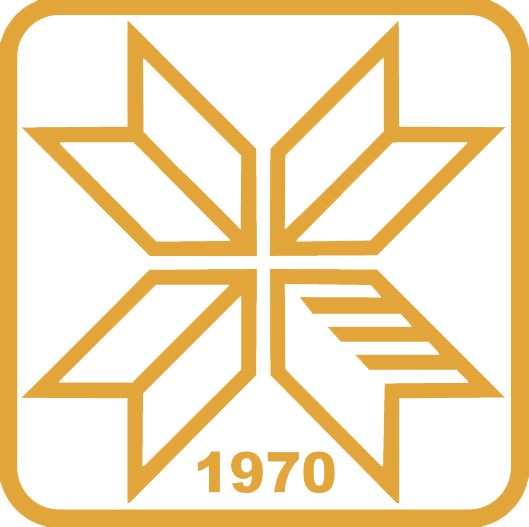Приказ основних података о документу
OCCURRENCE OF THE SEPTORIA LEAF BLOTCH CAUSAL AGENT IN SOME WINTER WHEAT CULTIVARS
| dc.contributor.author | Gudžić S., Slaviša G., Nebojša D., Katerina N., Miroljub A., Nebojša G., Siniša N., Milosav G., Dragan G., Deletić N., Nikolić K., Aksić M., Gudžić N., Nedeljković S., Grčak M., Grčak D., | |
| dc.date.accessioned | 2022-10-20T08:08:32Z | |
| dc.date.available | 2022-10-20T08:08:32Z | |
| dc.identifier.citation | 31054 Развој нових технологија гајења стрних жита на киселим земљиштима применом савремене биотехнологије Министарство просвете науке и технолошког развоја Републике Србије | en_US |
| dc.identifier.uri | https://platon.pr.ac.rs/handle/123456789/755 | |
| dc.description.abstract | Wheat is exposed to attack of many pathogens, so it is essential to establish their occurrence and intensity every year. Septoria leaf blotch of wheat, caused by the fungus Septoria tritici, is one of the most common diseases in the world and shows the significant effect on wheat production. One of the reasons for more intensive occurrence of the disease is introducing into production shorter stem cultivars, having lower leaves closer to the ground, which facilitates infection of plants during autumn. This paper aimed to establish attack intensity of the disease in some winter wheat cultivars in the conditions of natural infection. The field trials were carried out during 2014/2015 and 2015/2016 in the locality Leposavić-Lešak, at fields of the Agricultural School, with ten cultivars studied as follows: Pobeda, Evropa 90, Renesansa, Simonida, NS 40s, Zvezdana, Planeta, Kruna, Sirtaki and Euklid. Sowing was done by sowing machine. Every cultivar was sown in 46 rows, 50 m long. Soil was fertilized before sowing by 300 kg ha-1 of mineral fertilizer (NPK 15:15:15), and additionally, during tillering stage, by 200 kg ha-1 of nitrogen fertilizer LАN. The rest agrotechnical measures applied on the trial were standard. One hundred randomly selected plants were sampled from every cultivar, and grading of attack intensity in both investigation years was done during the first week of June, according to the scale of Gešele (1978), by determining infection intensity from 0-100%. The highest average infection intensity in 2015 was observed in cultivars Pobeda and NS 40s (40%), and the attack intensity in most of cultivars (Renesansa, Planeta, Kruna and Euklid) was graded as 20%. In 2016 the cultivar Pobeda also showed attack intensity of 40%. Blotches covering 30% of leaf area were observed in cultivars NS 40s, Zvezdana and Sirtaki. Infection intensity in the cultivar Kruna amounted 10%. | en_US |
| dc.language.iso | en_US | en_US |
| dc.title | OCCURRENCE OF THE SEPTORIA LEAF BLOTCH CAUSAL AGENT IN SOME WINTER WHEAT CULTIVARS | en_US |
| dc.type | clanak-u-casopisu | en_US |
| dc.description.version | publishedVersion | en_US |
| dc.subject.keywords | Winter wheat, Cultivars, Pathogen, Intensity, Disease. | en_US |
| dc.type.mCategory | M33 | en_US |
| dc.type.mCategory | openAccess | en_US |
| dc.type.mCategory | M33 | en_US |
| dc.type.mCategory | openAccess | en_US |
